SpaceX Dragon capsule with Crew-2 astronauts splashes down in Gulf of Mexico
The four Crew-2 astronauts returned to Earth after 199 days in space.
CAPE CANAVERAL, Fla. — After six months in space, SpaceX's Crew-2 astronauts returned to Earth late Monday (Nov. 8), splashing down off the Florida coast to end the private company's second long-duration mission.
SpaceX's Crew-2 mission for NASA splashed down safely in the Gulf of Mexico just south of Pensacola, Florida, at 10:33 p.m. EST (0333 GMT on Nov. 9), with a recovery ship swiftly retrieving the spaceflyers' Crew Dragon capsule from the sea. Their return wrapped up a six-month trip to the International Space Station (ISS).
"Endeavour, on behalf of SpaceX, welcome back to planet Earth," officials in mission control radioed to the crew after the capsule safely landed in the Gulf of Mexico.
Live updates: SpaceX's Crew-2 astronaut mission splashdown
Video: Watch SpaceX's Crew-2 splash down in the Gulf of Mexico

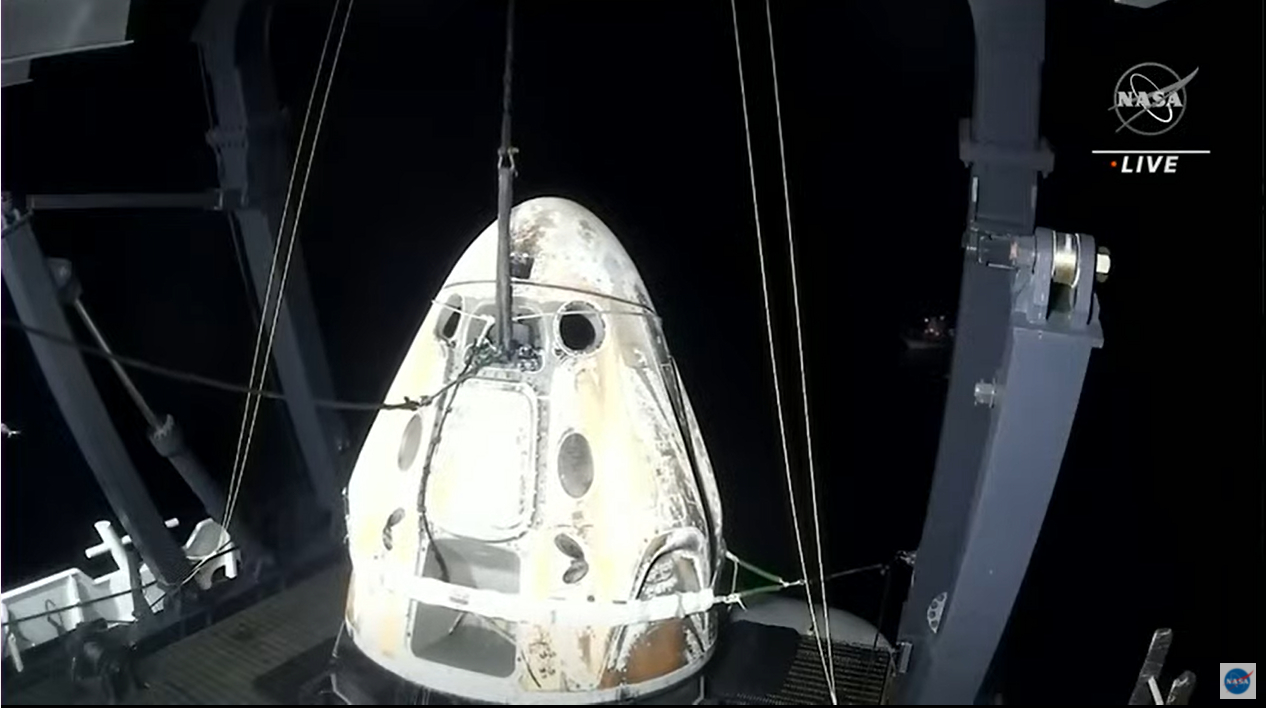
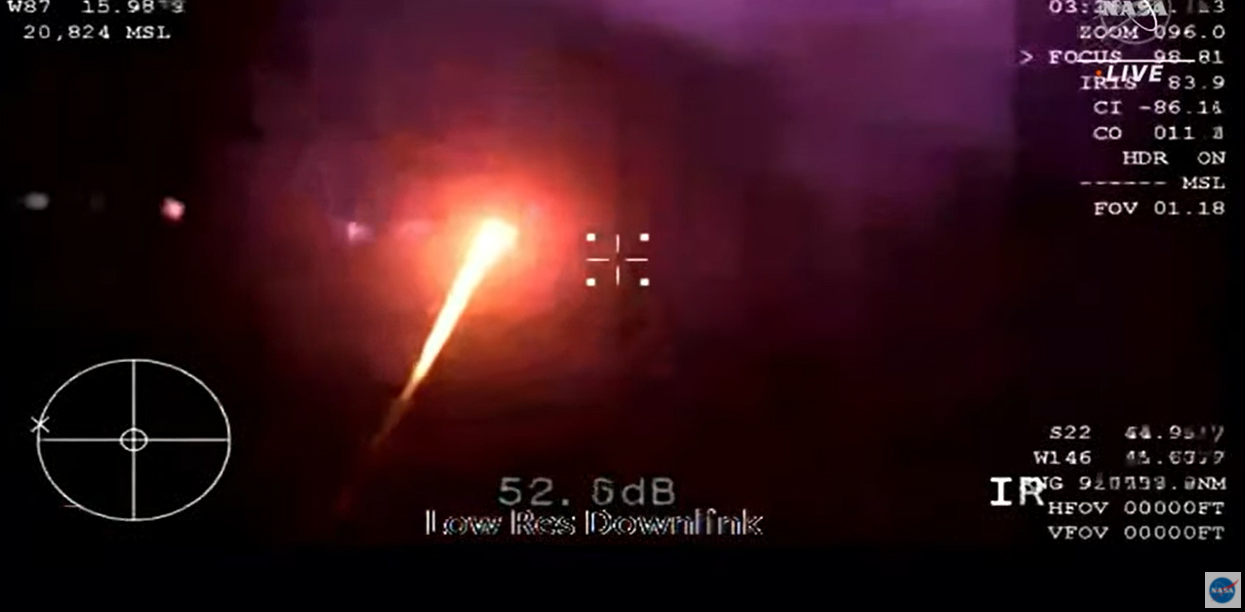
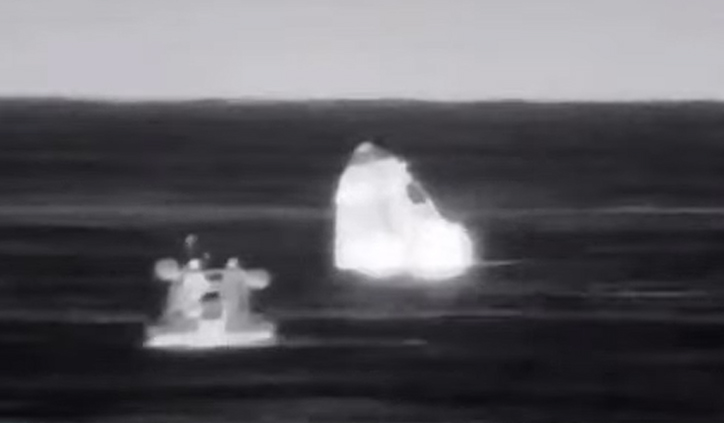
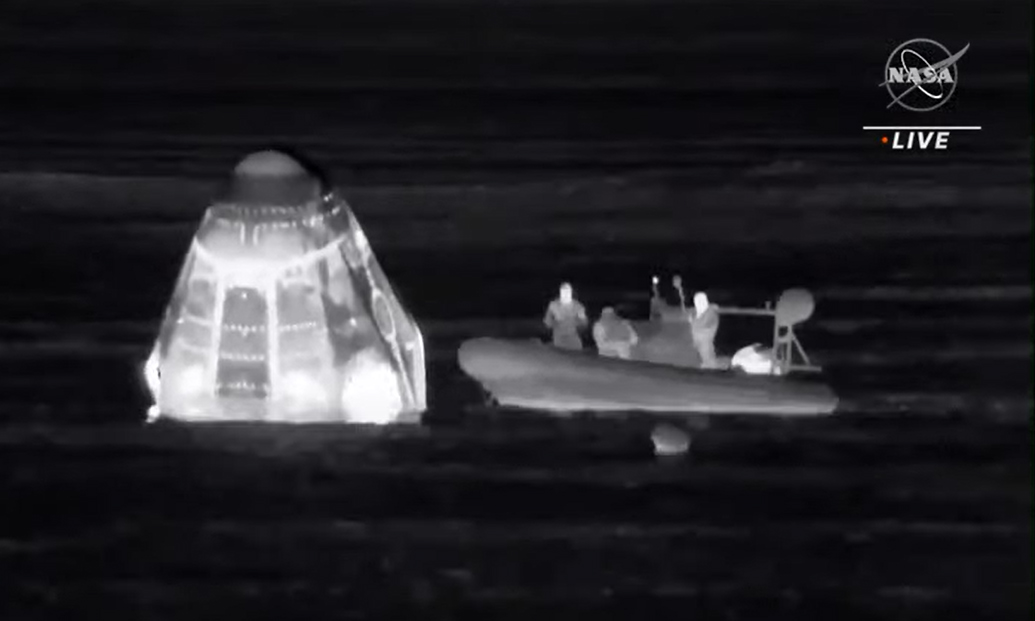
The SpaceX Crew Dragon Endeavour completed its second spaceflight, transporting four astronauts — Shane Kimbrough and Megan McArthur of NASA, Thomas Pesquet of the European Space Agency (ESA), and Akihiko Hoshide of the Japan Aerospace Exploration Agency — safely to and from the ISS.
The flight marked the second long-duration mission that SpaceX has launched on behalf of NASA. The Crew-2 astronauts launched to the ISS in April and spent just shy of 200 days living and working in space.
While in orbit, the astronauts completed several spacewalks to help upgrade the space station, including the installation of two new solar arrays, as well as working on hundreds of research investigations.
Get the Space.com Newsletter
Breaking space news, the latest updates on rocket launches, skywatching events and more!
Kimbrough served as the commander of the Crew-2 mission, while McArthur served as the mission's pilot. During their time in space, Hoshide and Pesquet each took a turn commanding the ISS before handing the reins over to Russian cosmonaut Anton Shkaplerov.
During their trip back to Earth, the Crew-2 astronauts were unable to use their Crew Dragon's toilet due to a urine leak detected in an inspection. They instead had use "undergarments" as backup, NASA officials said. SpaceX has since redesigned the toilet to avoid similar leaks in the future.
Related: SpaceX's Dragon space toilet is off limits for Crew-2 astronauts
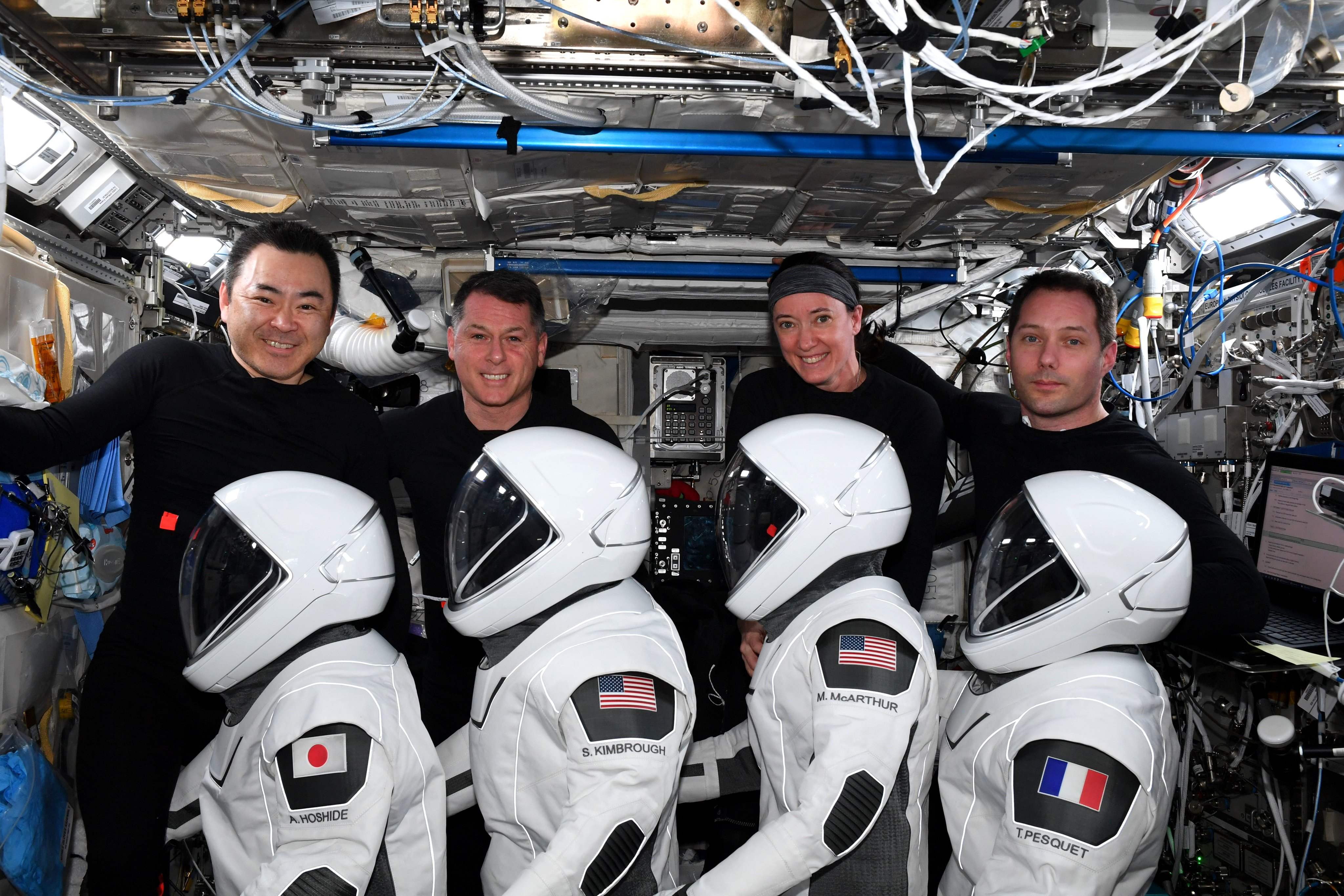
Endeavour's departure leaves just three astronauts on the orbital outpost: Mark Vande Hei of NASA and cosmonauts Shkaplerov and Pyotr Dubrov of Roscosmos. Crew-2's replacements — NASA's Raja Chari, Tom Marshburn, and Kayla Barron, along with ESA's Matthias Maurer — have yet to launch, thanks to a series of delays.
Their mission, called Crew-3, was originally slated to launch on Halloween (Oct. 31); however, poor weather conditions and a minor medical issue with one of the crewmembers forced NASA to bring Crew-2 home before sending Crew-3 aloft.
The Crew-3 launch is currently scheduled for 9:03 p.m. EST Wednesday (0203 GMT on Nov. 11), if all goes as planned.
Endeavour undocked from the space station Monday afternoon at 2:05 p.m. EST (1905 GMT). It performed a special fly-around maneuver, soaring around the ISS and taking photos of the station's exterior.
The resulting photos will enable teams to examine areas of the station that aren't normally in view of the orbital outpost's cameras; the maneuver will also test the Dragon's navigation sensors.
The craft then spent a few hours getting into position for landing. At 9:57 p.m. EST (0257 GMT), Endeavour successfully completed its deorbit burn, which is a firing of its thrusters in order to reenter the atmosphere for landing.
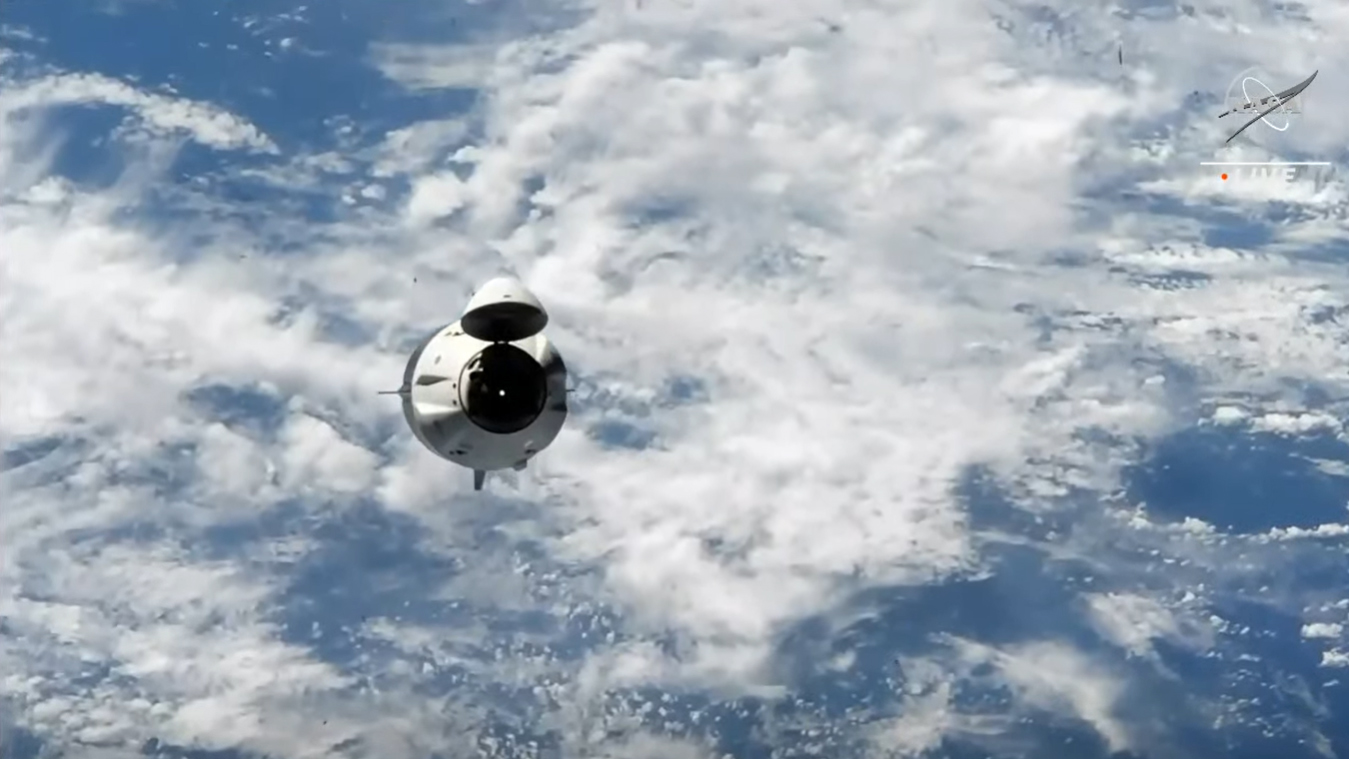
Under parachutes and the cloak of darkness, Endeavour splashed down right on time in the Gulf of Mexico. NASA and SpaceX recovery teams chose Monday night as the targeted landing date because forecasters predicted ideal weather conditions, with calm seas and light winds.
The capsule landed at 10:33 p.m. EST (0333 GMT on Tuesday, Nov. 9), and SpaceX's fast boats were on scene within minutes of splashdown. One of SpaceX's Dragon recovery ships, GO Navigator, then used its onboard recovery systems to hoist Endeavour out of the water.
Teams then checked out the vehicle to make sure it was safe to extract the crew.
After a medical checkup, Kimbrough, McArthur, and Hoshide will fly back to Houston, while Pesquet will be transported back to Europe. Once the astronauts are safely back on Earth, the agency will turn its focus to its next task: launching Crew-3.
That flight is scheduled to blast off from Kennedy Space Center on Wednesday at 9:03 p.m. EST (0203 GMT on Nov. 11). Currently, forecasters predict an 80% chance of favorable weather conditions.
Follow Amy Thompson on Twitter @astrogingersnap. Follow us on Twitter @Spacedotcom or Facebook.
Join our Space Forums to keep talking space on the latest missions, night sky and more! And if you have a news tip, correction or comment, let us know at: community@space.com.

Amy Thompson is a Florida-based space and science journalist, who joined Space.com as a contributing writer in 2015. She's passionate about all things space and is a huge science and science-fiction geek. Star Wars is her favorite fandom, with that sassy little droid, R2D2 being her favorite. She studied science at the University of Florida, earning a degree in microbiology. Her work has also been published in Newsweek, VICE, Smithsonian, and many more. Now she chases rockets, writing about launches, commercial space, space station science, and everything in between.









